Food is essential to life and food security is undeniably a necessity for the development of any country. In the Mid-Year budget review, the Finance minister of Trinidad and Tobago reported that retail prices have increased by 0.8% within the past year and food inflation steadily increase by 2%. This means that our food expenses have increased by at least 2% within the last year.
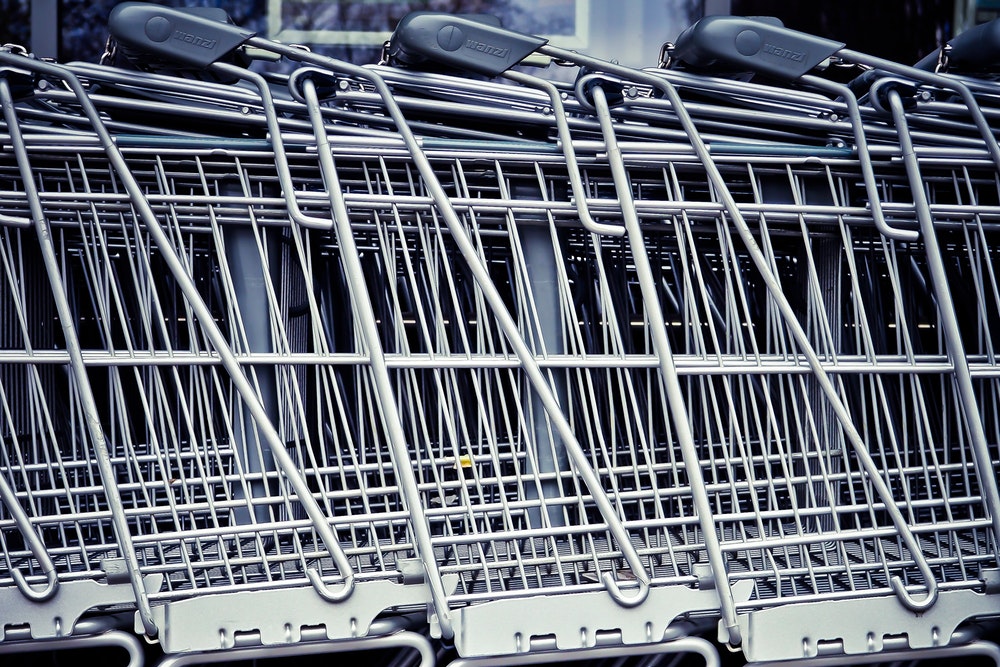
Food Inflation in Trinidad and Tobago is approximately 13.46 percent from 2004 until 2019,
with a recorded peak of 39.13 percent in August of 2010 and a record low of -0.30 percent in October of 2018 (CSO 2019). Thus, with today’s tight economy, everyone is looking for ways to cut expenses.
So what are locals doing to reduce their grocery bill?
Well, if you look at the average household grocery budget, it is often segmented into the following 12 major groups:
Food
✔ Beverages – coffee/tea, juice, soda
✔ Bread/Bakery – sandwich loaves, dinner rolls, tortillas, bagels
✔ Canned/Jarred Goods – vegetables, spaghetti sauce, ketchup
✔ Dairy – cheeses, eggs, milk, yogurt, butter
✔ Dry/Baking Goods – cereals, flour, sugar, pasta, mixes
✔ Frozen Foods – waffles, vegetables, individual meals, ice
cream
✔ Meat – lunch meat, poultry, beef, pork
✔ Produce – fruits, vegetables
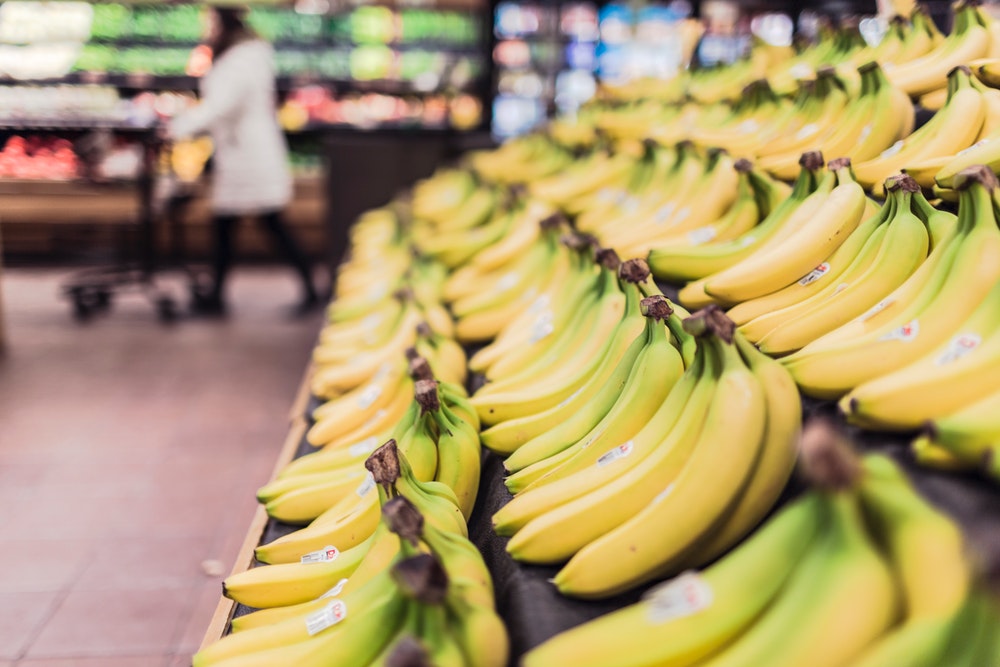
Home care
✔ Cleaners – all- purpose, laundry detergent, dishwashing
liquid/detergent
✔ Paper Goods – paper towels, toilet paper, aluminum foil,
sandwich bags
Personal care
✔ Personal Care – shampoo, soap, hand soap, shaving cream
✔ Other – baby items, pet items, batteries, greeting cards
If we focus primarily on the food aspect, this is the area where most of the average family spends their money to alleviate the extra cost of buying meals every day. Most of the allocation is spent on food alone where the majority of this expenditure can be traced directly to the purchase of fresh produce, dairy, meat and dry/baking goods. This is due to the fact that most of our daily meals, cooked right at home, are derived out of this pantry of goods.
What is Urban Agriculture?
For example, a typical lunch meal may consist of rice or dumplings or both, some legumes, some meat and some vegetables for those who try to keep it healthy. Some of the contents of this meal can actually be produced domestically using some urban farming techniques.
Urban agriculture is basically farming in the city. It is the practice of cultivating, processing and distributing food in or around urban areas. Urban agriculture fuses various components and principles of traditional rural agriculture with innovation, technology and other modern
agricultural practices that can satisfy some of the food requirements at a household level.
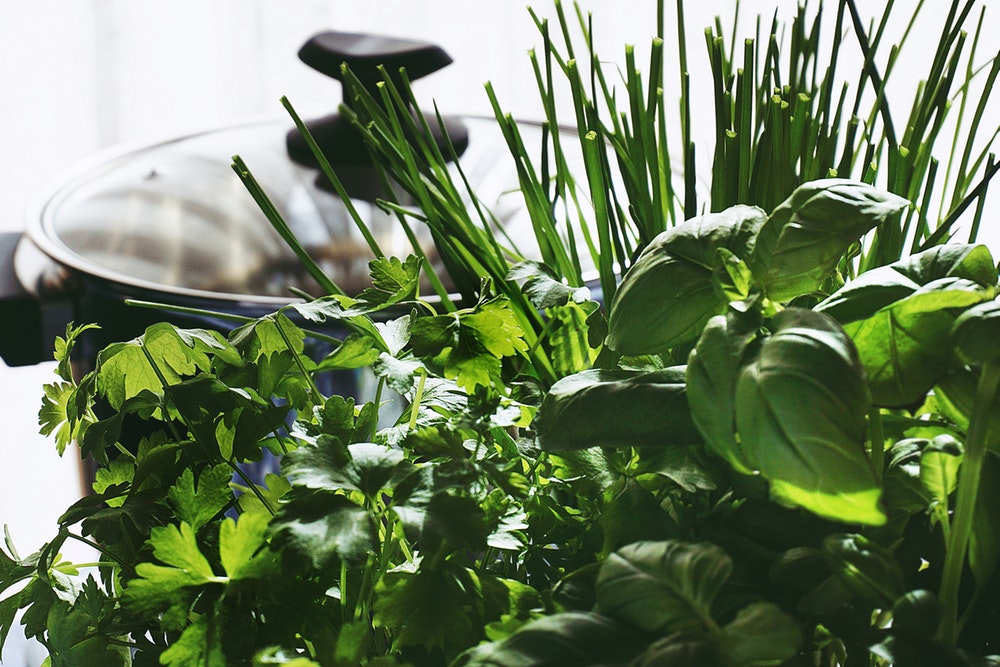
Many adaptations of this includes peri urban gardens which fringes on growing cities where
agriculture is practiced on a commonly agreed spatial area. For example, a community garden that locals share to plant some of the daily used produce, or a garden shared by residence of a gated community or apartment complex. Many locals grow most of their seasonings right at home in a small kitchen garden, which is another form of urban agriculture. Most seasoning crops like chive, shadon beni, mint and basil grow tremendously very easy and all you need to grow them at home is a container, some soil mix and water!
Also, for those who wish not to dabble in the untidiness of soil, many home growers are even using technologies such as hydroponics, aquaculture and aquaponics to make the most of unoccupied spaces. So why throw away the chive roots or basil stem when you can get more by sticking them in some soil or nutrient rich water?
How can urban gardens and hydroponics save you money?
This list can be very extensive, but here are some quick points:
● Seasonal pricing: Cost of living is already high here in Trinidad, so it’s already hard
keeping your budget especially if your household that seems to be always hungry. It’s no big news that our vegetable market is highly seasonal (Murphy et’al 2016). Tomatoes a low
as 2lbs per pound at one time of the year and rising to $20 per pound at times in the off-season is one great example of the high seasonality in the market.
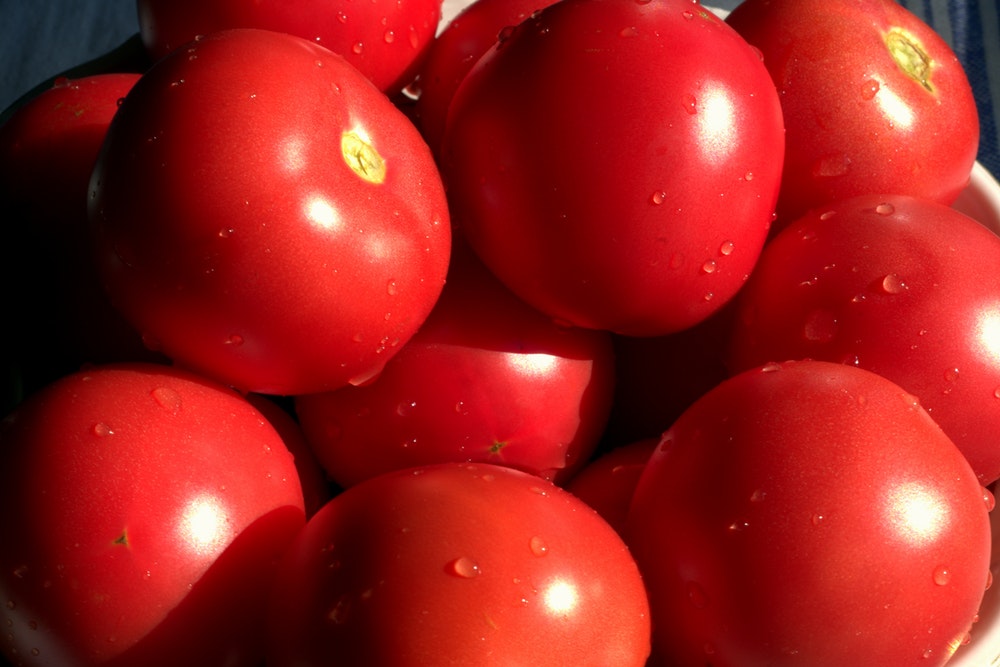
Urban agriculture helps as home growers can start their own mini garden which supplies them at arm’s reach for their highly consumed vegetables. Imagine having an undercurrent hydroponic system for your tomatoes in your backyard around the high peaks of tomato prices, especially when hydroponic systems are recorded to give 20-30 percent faster yields when compared to traditional systems. Plus, growing in your home, shed, or greenhouse with hydroponics means you have full control of the environment, in other words, there are no more seasons!
● Less waste: How often do you buy produce, only to forget about it or have it start to rot a day or two after you buy it? We’ve all had this happen. Having a home garden can solve this. You only harvest what you need when you need it, leaving the other plants to mature and regenerate. This is especially important for those households who purchase a lot of fresh seasonings to clean meat or cook and is even more critical for those who are regular consumers of leafy vegetables.
● Focus on high priced and difficult to grow produce: Since you probably won’t be able to grow all the vegetables your food budget can now focus only on the expensive ones or those difficult to grow at home, leaving only those produce that is easy to grow and has a high turnover to be cultivated in your garden.
So can urban agriculture save you money?
Definitely! If managed properly, the costs involved in growing the crops, types and amounts of vegetables grown, yields that are derived from the garden, and other factors can significantly cut your food budget.
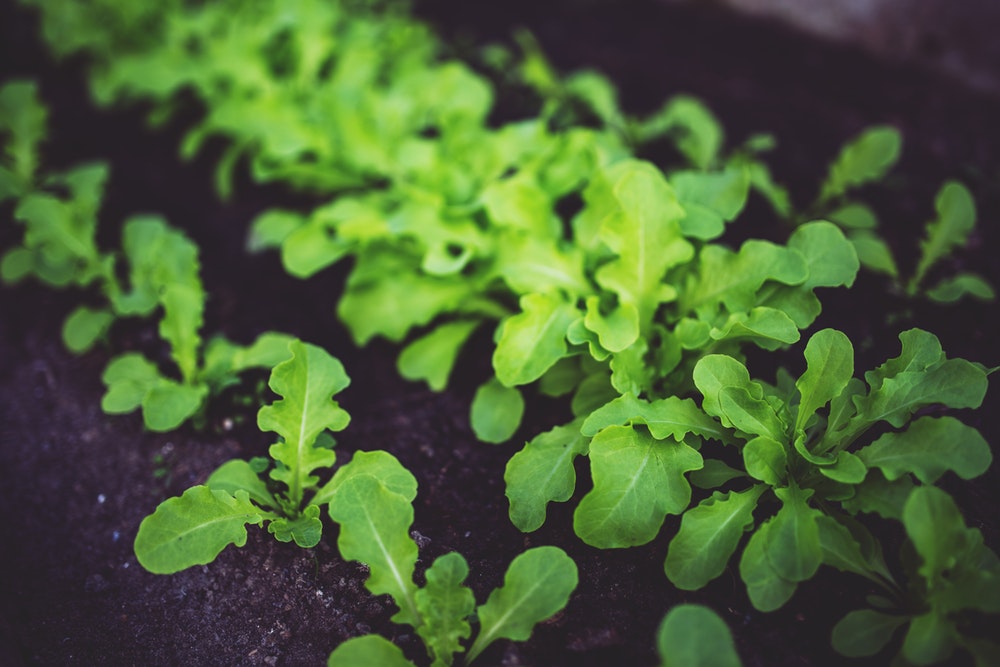
For more information on how you can start your own home garden check us out HyGroGen and check out the Home Gardening Assistance program that is offered by the Ministry of
Agriculture, Land and Fisheries. Contact them at 646-2737 or 646-2738.



















